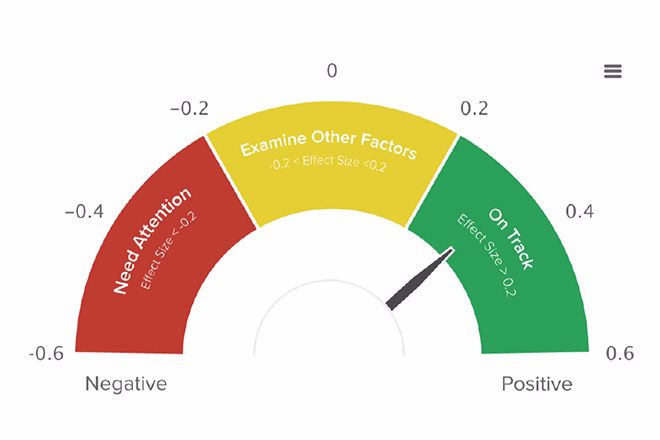Article by Jason Ramsden, Ravenscroft School

In spring 2016, Ravenscroft School began using LearnPlatform software to assess which educational technology tools our faculty prefer and how much they use them. This data has helped inform the school’s professional development needs and our yearly budgeting cycles, enhancing our ability to be good stewards of allocated funding.
Our exposure to this software requires a disclosure. In 2015, the company’s founder approached me to explore how school CIOs use data to make decisions. I became a member of the company’s Educator Advisory Board. (I am not paid in my capacity as an advisor, per Ravenscroft’s employment policies.) To this day, our input helps to shape the software’s development.
Real-Classroom Ratings
At Ravenscroft, we use LearnPlatform in two primary ways. First, we compare how our teachers rate the ed tech software they use against the ratings provided by their teaching peers nationwide. We can compare against ratings nationwide or from a specific cohort. If our teachers rate a certain product much lower than teachers elsewhere do, we investigate and consider revamping the training we provide for it. If we’re considering investing in a new software product or subscription, we can also check other teachers’ ratings first. Any school can easily implement this aspect of LearnPlatform.
If just one or two teachers use something but they use it extensively, we might evaluate how to improve the learning and/or teaching experience by expanding usage to more faculty members.
Second, we use LearnPlatform to track how frequently and extensively our teachers use certain ed tech sites (the database has about 4,000 titles). As a Google Apps school, we do this through a LearnPlatform Chrome extension in teachers’ web browsers; teachers are assured that the extension doesn’t track their computer usage otherwise! From this, we get data showing how much teachers use any one site or program and how widespread its use is. If just one or two teachers use something but they use it extensively, we might evaluate how to improve the learning and/or teaching experience by expanding usage to more faculty members.
LearnPlatform performs other functions too, including measuring the impact of ed tech tools on student outcomes. Ravenscroft hasn’t implemented this feature, which seems better suited to public or charter school systems that must adhere to local or national standards and track their progress against government benchmarks.
Generally, Ravenscroft’s use of LearnPlatform has helped us confirm that teachers are using most of tools we support. That’s a good thing — we can budget with confidence. We also cut one product that some teachers rated highly but weren’t actually using often.
And we expect to gain further insights and strategies during this school year, when Ravenscroft’s new ed tech director dives further into the LearnPlatform data. The platform is young, and so is our use of it.



